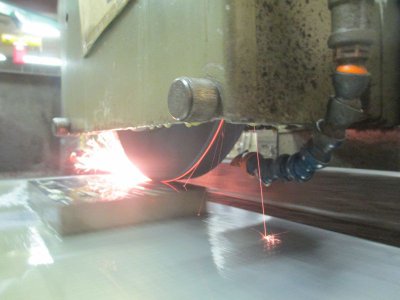- Joined
- Jan 25, 2015
- Messages
- 2,558
Yup, noob alert question.
I've been looking at tool post grinders (specifically, the older atlas catalogs) and I can't figure out what a tool post grinder is good for.
Isn't it just another way to do what you already can with HSS/carbide cutters?
Except that it makes a bigger mess?
Please help me to understand what and why you would use a tool post grinder attachment.

I've been looking at tool post grinders (specifically, the older atlas catalogs) and I can't figure out what a tool post grinder is good for.
Isn't it just another way to do what you already can with HSS/carbide cutters?
Except that it makes a bigger mess?
Please help me to understand what and why you would use a tool post grinder attachment.



